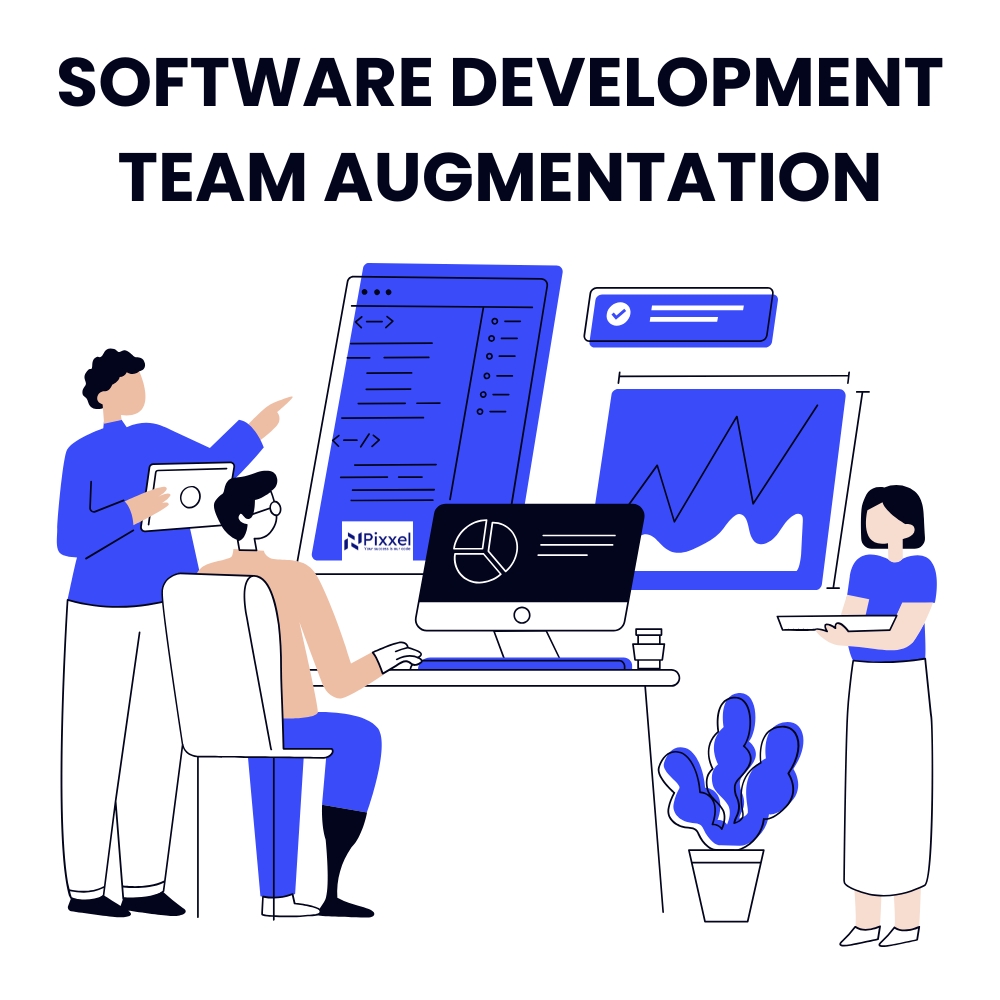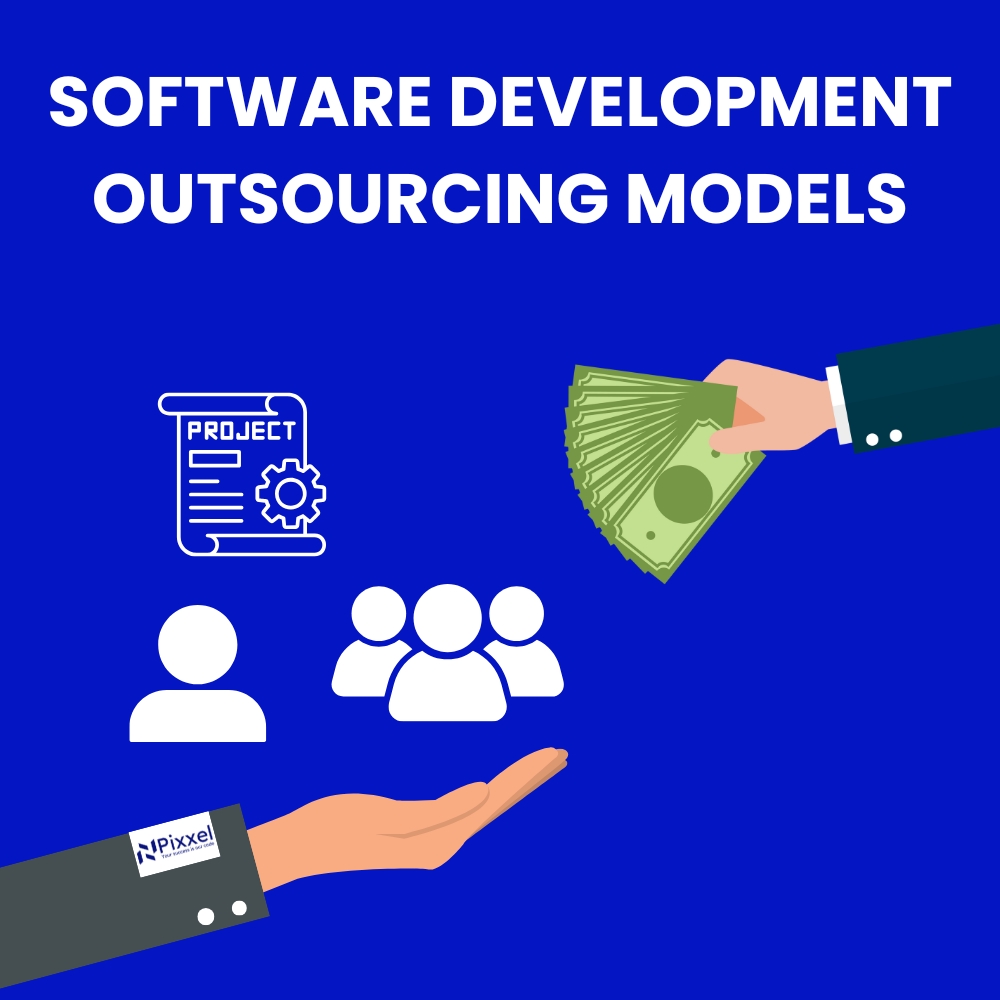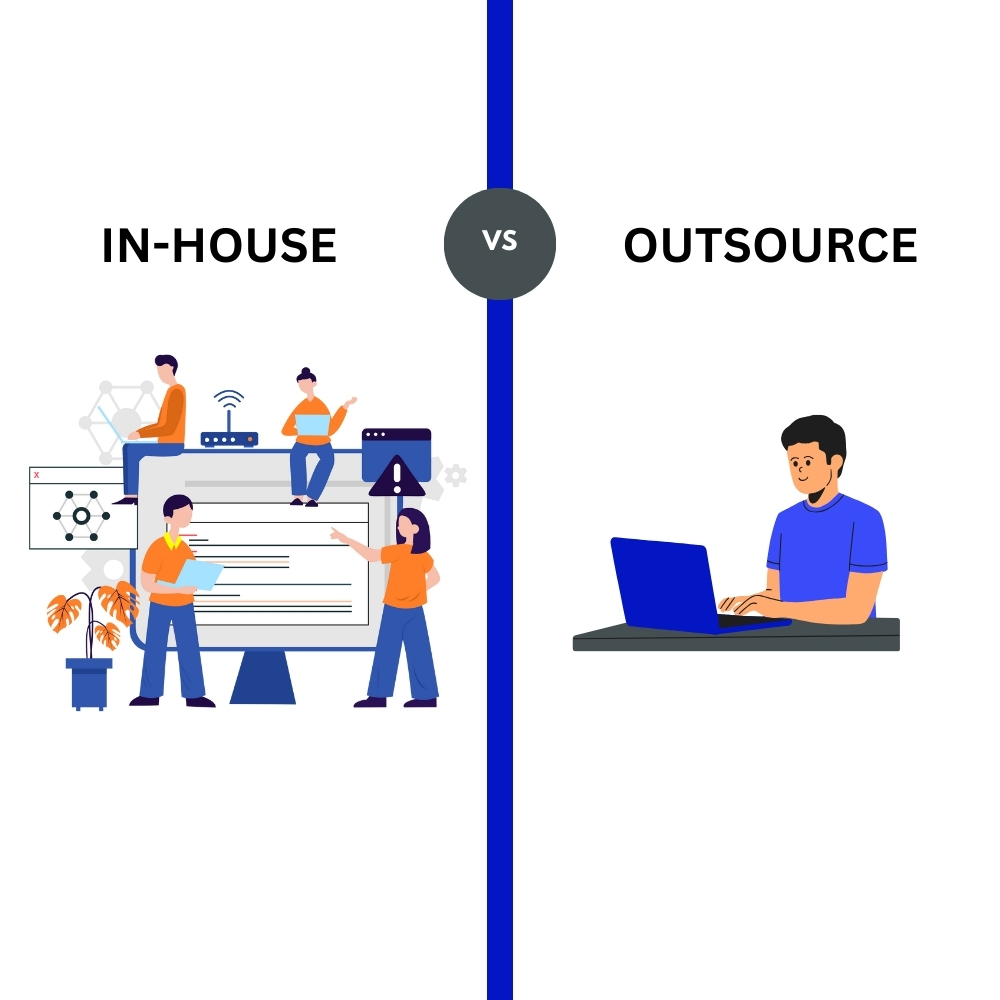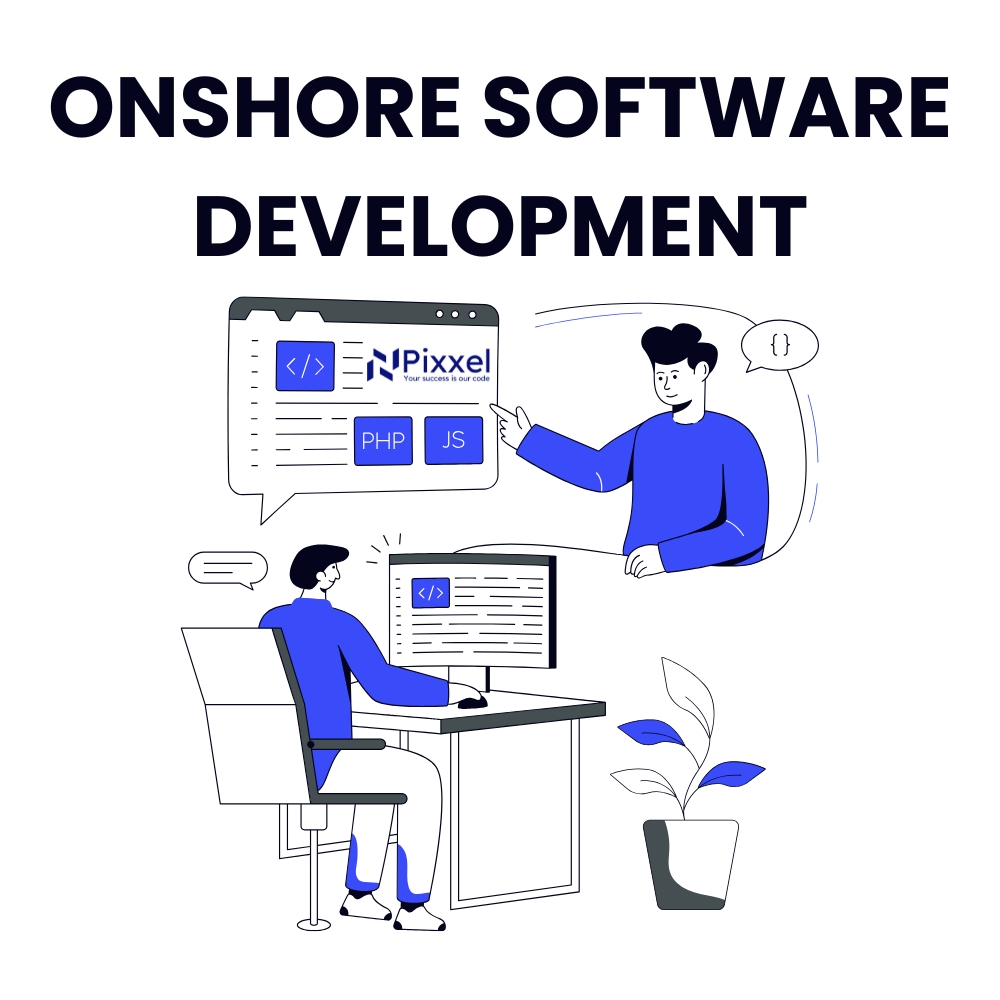In today’s fast-paced tech world, assembling the perfect team can feel like solving a puzzle where the pieces keep changing. You need innovation, speed, and expertise. But hiring full-time staff for every skill gap? That’s not always practical—or affordable. Enter software development team augmentation. This approach is a game-changing strategy that gives you access to top-tier talent without the overhead of permanent hires. In fact, 70% of businesses outsource to reduce operational expenses, highlighting the effectiveness of flexible staffing solutions.
Whether you’re launching a cutting-edge product or scaling a project on a tight timeline, team augmentation lets you build your dream team, one expert at a time. No long-term commitments, no lengthy hiring processes—just results.
If you’ve ever struggled with missed deadlines, skill shortages, or overworked teams, you’re in the right place. This guide will show you how to leverage team augmentation to supercharge your development efforts while staying in control. Let’s dive in.
Key Takeaways
- Team augmentation is a flexible and cost-effective way to fill skill gaps and meet project demands.
- Benefits include access to global talent, increased productivity, and scalability.
- Challenges like communication barriers and integration issues can be mitigated with proper planning.
- Choosing the right partner and following best practices ensures success.
- Post-contract steps like knowledge transfer and evaluation are key for continuity.
What is Team Augmentation?
Team augmentation is a software development outsourcing model in which you integrate an external professional team into your in-house team to boost productivity, fill gaps in skills, or meet urgent deadlines.
Unlike project-based outsourcing, where entire projects are handed over to a third party, in team augmentation, we let you keep the control in your hands.
As external experts, we provide an entire dedicated team for a specific task. That team works under your management on the task and provides your desired output. It’s like having a specialized backup whenever you need it.
Core characteristics
- Temporary yet dedicated teams working exclusively on assigned projects without permanent employment.
- Seamless integration into your work environment, following company workflows and culture.
- On-demand expertise with specialists brought in to fill skill gaps as needed.
- Flexible staffing model allowing teams to scale up or down based on project requirements.
- Direct management by the client, ensuring full control over project direction and decision-making.
- Remote or hybrid collaboration depending on the needs of the project and team structure.
Staff Augmentation vs. Team Augmentation vs. Project-Based Model
| Characteristic | Staff Augmentation | Team Augmentation |
Project-Based Model |
|---|---|---|---|
| Definition | Hiring individual resources to fill specific skill gaps in an existing team. | Hiring an entire team to complement the existing workforce and work on a defined scope. | Outsourcing an entire project to a third-party vendor who takes full responsibility for its execution. |
| Control & Management | Client has full control over the team and project management. | Client has partial control, but the augmented team operates independently. | The vendor manages the project with minimal client intervention. |
| Engagement Model | Temporary, on-demand hiring to cover skill shortages. | Long-term engagement with an external team integrated into the client’s workflow. | Fixed or flexible engagement based on a predefined scope and timeline. |
| Scalability | Easy to scale up or down based on needs. | Flexible, but typically meant for medium- to long-term collaboration. | Scaling is limited once the project scope is agreed upon. |
| Integration Level | Individuals integrate directly into the client’s existing team. | A dedicated team works alongside the client’s internal teams. | The project is outsourced completely with little to no integration with the client’s internal team. |
| Benefits | Quick access to specialized talent, cost-effective for short-term needs, and flexible hiring. | Efficient team scaling, faster project execution, and access to external expertise. | Minimal client involvement, predictable outcomes, and reduced management overhead. |
| Best For | Short-term needs, filling skill gaps, or dealing with workload spikes. | Scaling teams efficiently for ongoing development and long-term projects. | Outsourcing complete projects when internal expertise or bandwidth is lacking. |
| Risk & Accountability | Higher risk for the client as they manage the resources. | Medium risk, as the external team is partially managed by the vendor. | Lower risk for the client as the vendor is accountable for project success. |
Benefits of Team Augmentation
The benefits of software development team augmentation include flexibility, cost savings, and access to skilled professionals. It’s a solution tailored to address specific needs while enhancing the efficiency and output of your team.
- Increased flexibility and scalability
- Access to a global pool of specialized talent
- Cost-efficiency
- Enhanced team productivity and quality
- Addressing skill gaps
- Managing short-term or long-term projects
Increased Flexibility and Scalability
Team augmentation offers unmatched flexibility. You can scale your team up or down depending on the project’s needs.
If a new challenge arises, we quickly provide you with an expert team. When the project ends, you don’t have to worry about long-term commitments. It’s like having a team that grows and shrinks as needed.
Global Talent Pool
With team augmentation, geographical limitations disappear. You can hire professionals from anywhere in the world, ensuring you get the best talent for your project.
This not only widens the talent pool, but helps you find the best team for your specific project. Whether you need a cloud expert or a front-end developer, the global talent pool has you covered.
Cost-efficiency
Hiring full-time employees can be expensive and time-consuming. Team augmentation eliminates recruitment costs and lengthy onboarding processes.
You only pay for the talent you need and not the recruitment or staffing, and since we’re ready to hit the ground running, you save both time and money.
Read our full guide on software development costs.
Enhanced Team Productivity and Quality
Our augmented professionals bring fresh perspectives and specialized skills to your software development. This improves the quality of work and accelerates project timelines.
With the extra support working on your specific project, your in-house team can focus on their strengths, leading to a more productive and efficient workflow.
Addressing Skill Gaps
Every team has gaps in skills or expertise. Team augmentation allows us to bring you professionals with the exact skills required for your software development project. This ensures the project progresses smoothly without overburdening your in-house staff.
A dedicated team differs from staff augmentation in that you hire a whole team for the work instead of just adding one or two people to an existing team. While they work under your management, they remain a separate entity.
Managing Projects
For short-term software development projects, team augmentation is a practical choice. It provides the resources needed without long-term commitments.
For longer projects, it offers continuous support while keeping costs manageable. And you can scale the team up and down according to how your project progresses.
Challenges and Risks
While team augmentation has many benefits, it’s not without challenges. These include integration difficulties, communication issues, and ensuring the confidentiality of your intellectual property. Recognizing and addressing these risks can make all the difference.
- Potential data breaches
- Workflow mismatches
- High costs if not managed properly
Smooth Onboarding & Cultural Alignment
Bringing augmented professionals into your work environment can be challenging, as differences in workflows, communication styles, and company culture may cause friction. Without proper onboarding, new team members may struggle to integrate, leading to inefficiencies and misalignment.
Ensuring a smooth onboarding process is key to integrating augmented professionals seamlessly into your team. We prioritize structured onboarding, clear communication, and alignment with your company’s workflows to minimize disruptions.
Remote Communication Challenges
Effective communication is one of the biggest challenges in remote collaboration, as time zone differences, varied work styles, and potential language barriers can lead to misunderstandings and delays. Without clear communication channels, tasks may be misinterpreted, deadlines missed, and team cohesion weakened.
To overcome these hurdles, we implement structured communication practices, leveraging the right collaboration tools and setting clear expectations. Regular check-ins, detailed documentation, and transparent workflows ensure everyone stays aligned and informed. By fostering open and proactive communication, we create a seamless working environment where remote teams can collaborate efficiently and productively.
Protecting IP and Ensuring Compliance
Confidentiality is critical. Signing NDAs and ensuring legal compliance is essential when working with external professionals. Clear agreements protect your data and intellectual property.
For example, at Pixxel Solutions, we sign an NDA to ensure data security for you, and all intellectual property rights belong to you. The contract and NDA align with the confidentiality requirements and ensure a safe and seamless experience.
Choosing the Right Partner
Choosing the right partner ensures the success of your software development team augmentation efforts. Evaluate their expertise, experience, and alignment with your goals. A good partner makes integration smooth and collaboration seamless.
For more, check out our article: How to Choose a Software Company?
